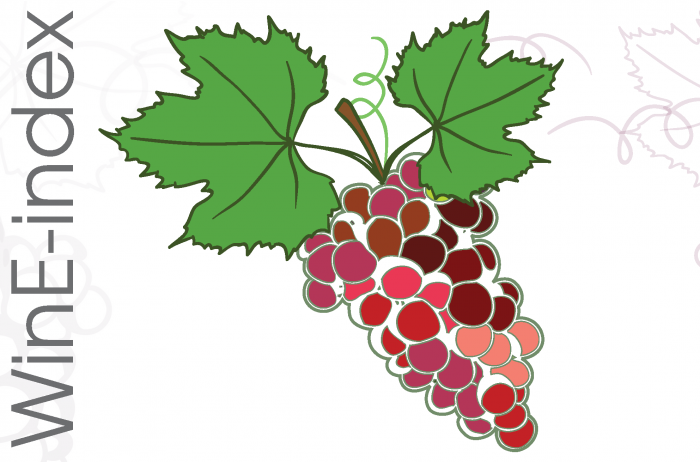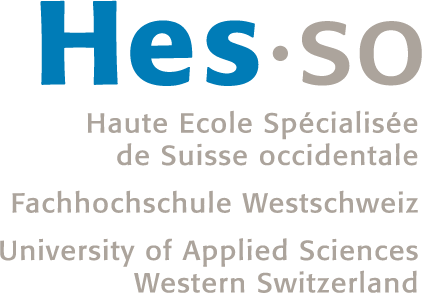
Development of a sensor using dielectric polarization for fermentation and extraction monitoring during wine production
Today, fermentation monitoring for wine production is mostly performed by density measurement, manually or automatically. For red wine production, a crucial step for final wine quality – extraction of the compounds of interest present in berry skin (mostly polyphenols or « anthocyanins and tannins »)- occurs also during fermentation phase. Currently, despite tasting, there is no efficient tool helping the decision in order to determine the clarification time point because of difficulties to obtain reliable information of a complex medium with a fast and simple analysis.
In order to develop a sensitive analytical alternative for extraction level and fermentation monitoring, a multidisciplinary team was formed, grouping personnels from CHANGINS and HEIA-FR, with competences in oenological processes, chemical analysis, applied electronic and spectroscopy. Together, the collaborators of the project identified an innovative and promising approach for fermentation monitoring issue: the use of dielectric spectroscopy.
Using a large range of electromagnetic wavelengths, dielectric spectroscopy is a technique often used for electrical characterization (insulation, material with a high energy storage capacity, …). For some years, food processing industry benefits as well from the potential offered by this technique, for example, for the evaluation of fruit quality or for apple juice pasteurization. Since the tests are fast and do not destroy the material, the spectroscopy turned to be an adapted experimental tool for in-line measurement as well as long-term monitoring. Based on excitation of dipoles (polymer chains or molecules) or ions related to the characteristics of a weak external electrical field, this method allows measurement of the complex permittivity of polarizable material, every component showing a particular dipolar moment.
In this context, we propose the project « WinE-index » (« WineExtraction-index ») for the establishment of a correlation between dielectric properties and other characteristics or physicochemical properties of grape juice during fermentation phase. The main objective of the project is to propose a technique allowing to obtain appropriate indicators related to the wine composition during fermentation from a rapid and non-destructive evaluation. The challenges will be the distinction between dielectric responses of significant markers (ethanol, anthocyanins and condensed tannins) and the evaluation of external element impacts having an influence on dielectric properties, for example, ions (K+), organic acids or solid particles.
In order to complete our mission – supply to the winemakers quantitative indicators to complete their sensorial analysis in order to help them with decision – we propose the development of an innovative sensor, showing an important market potential. Usable offline as well as integrated in inline systems, it will allow to monitor the fermentation as well as the extraction level.
2020 – in progress
Partners: HEIA-FR (Institutes Energy and iPrint)
Funding: HES-SO


